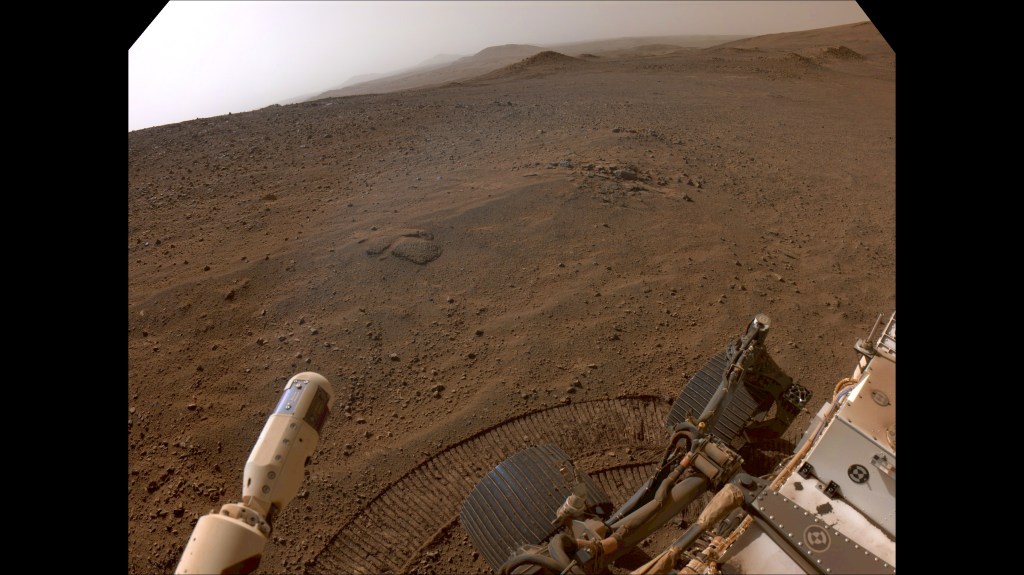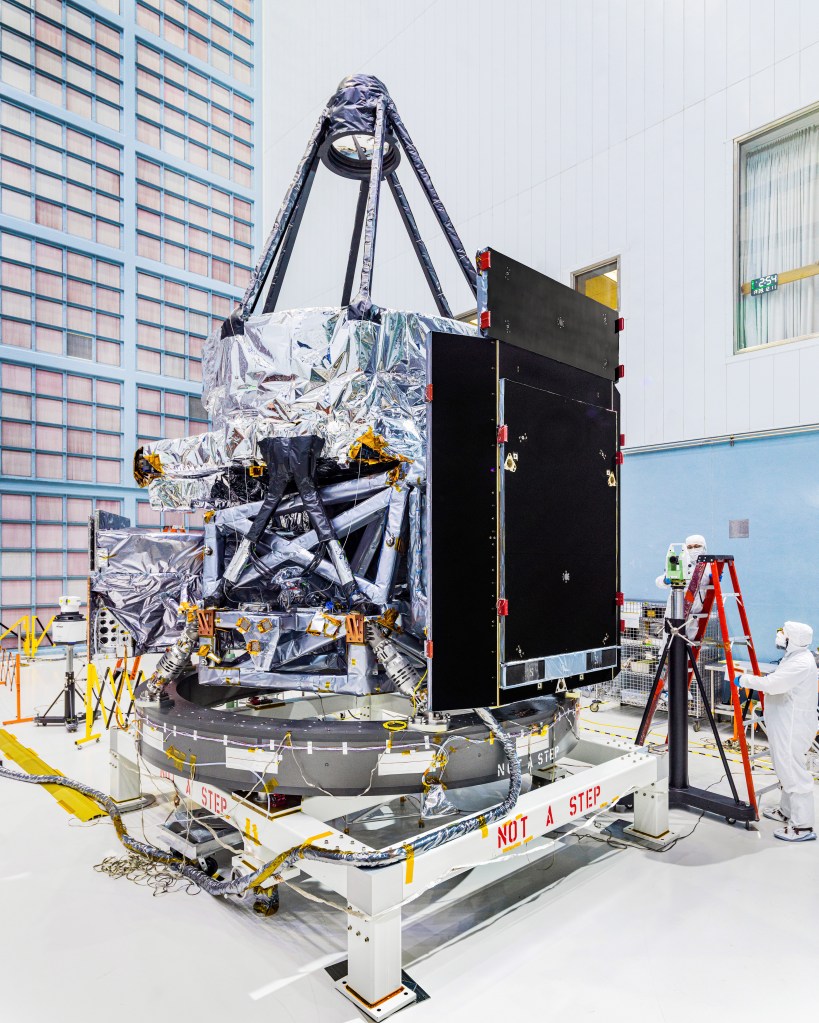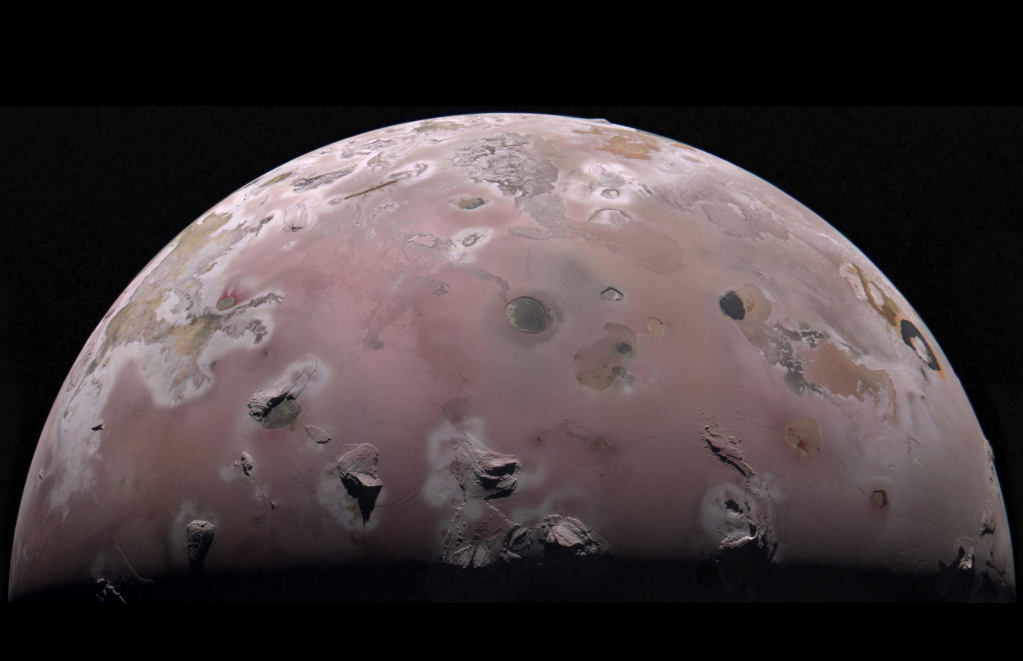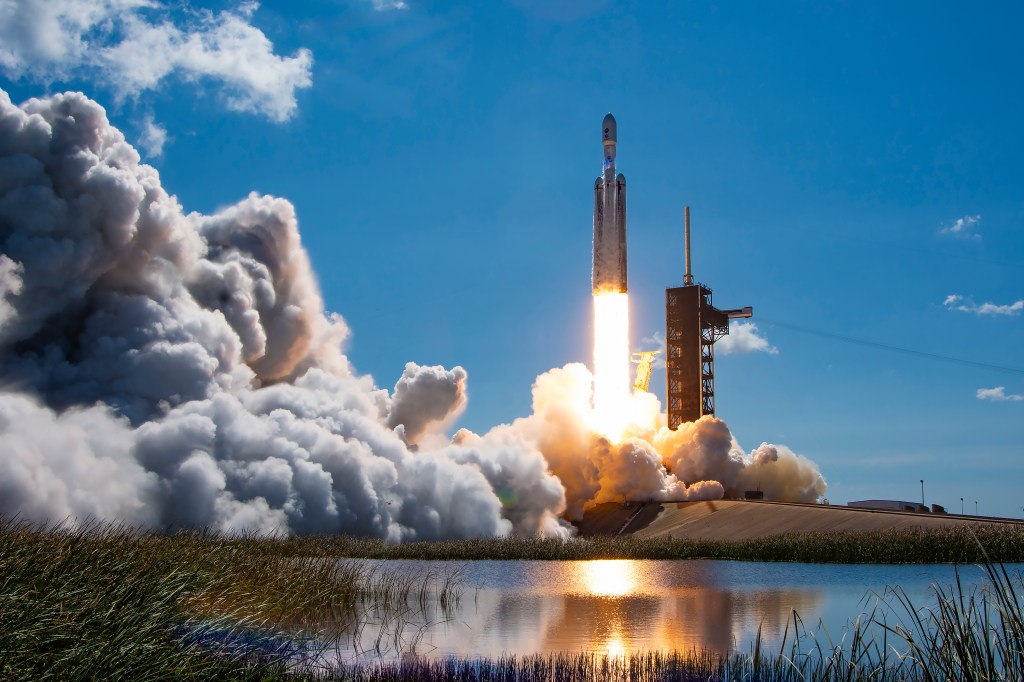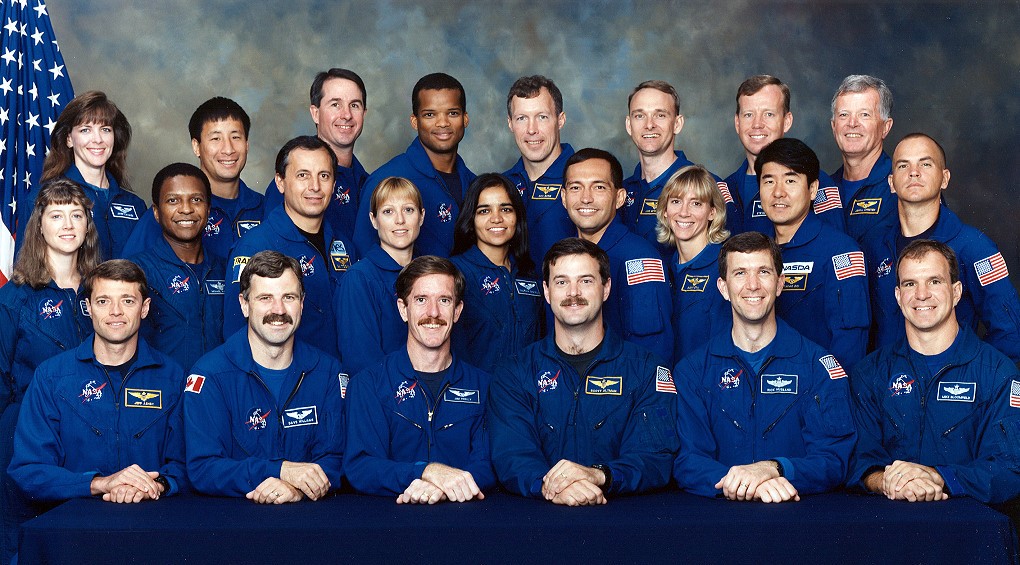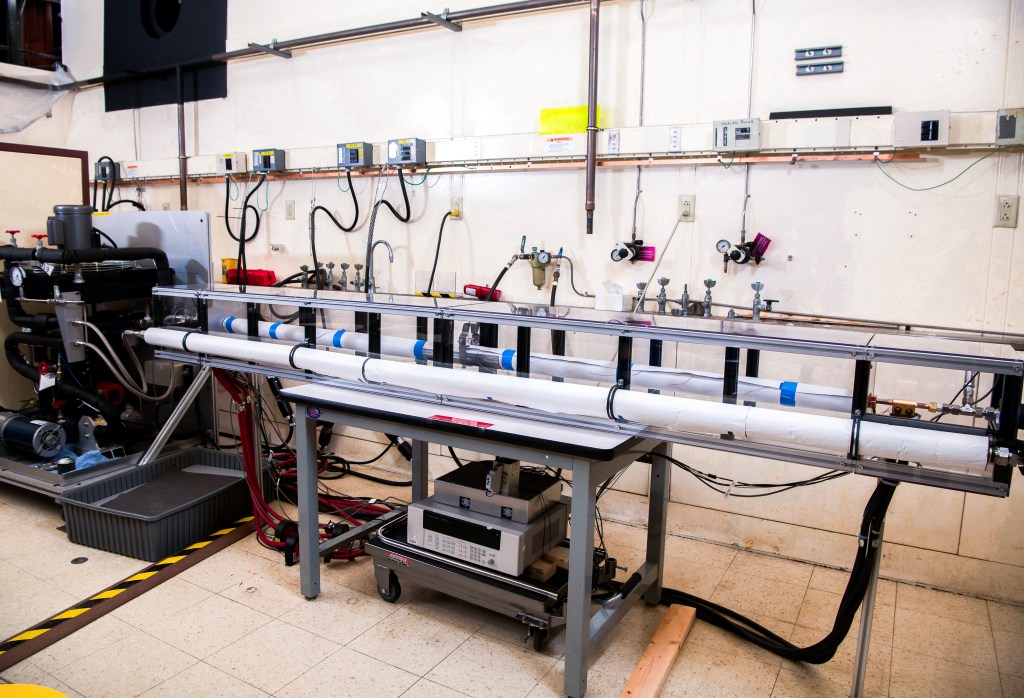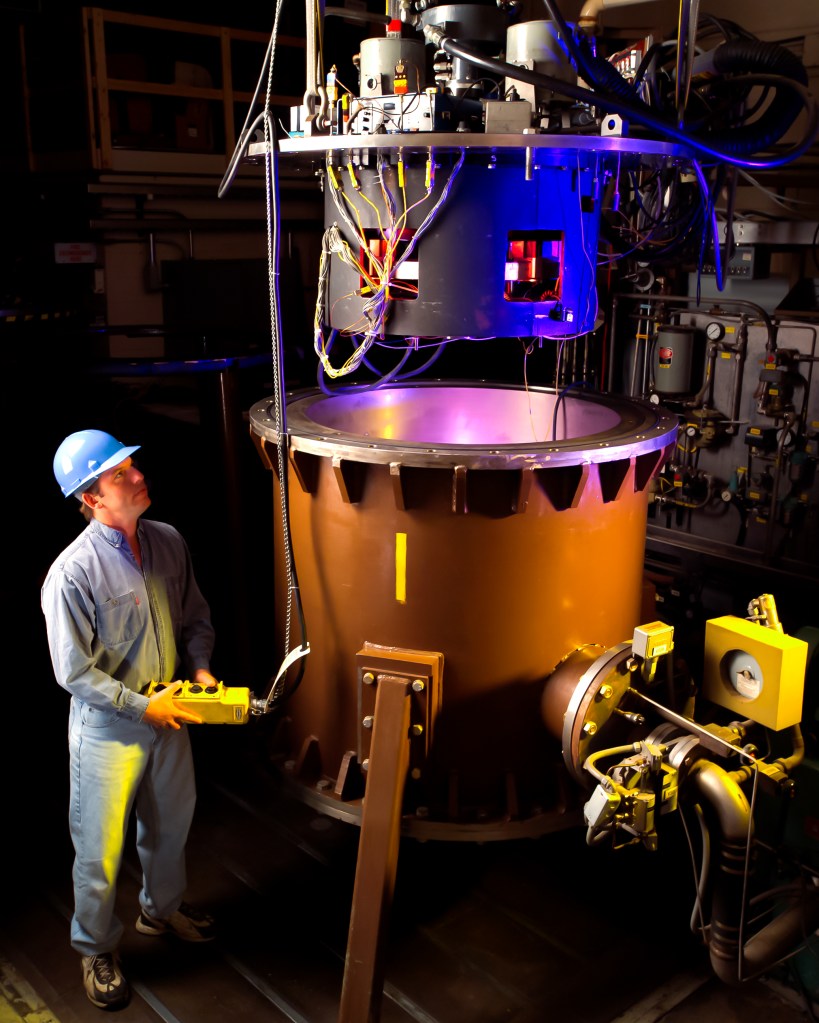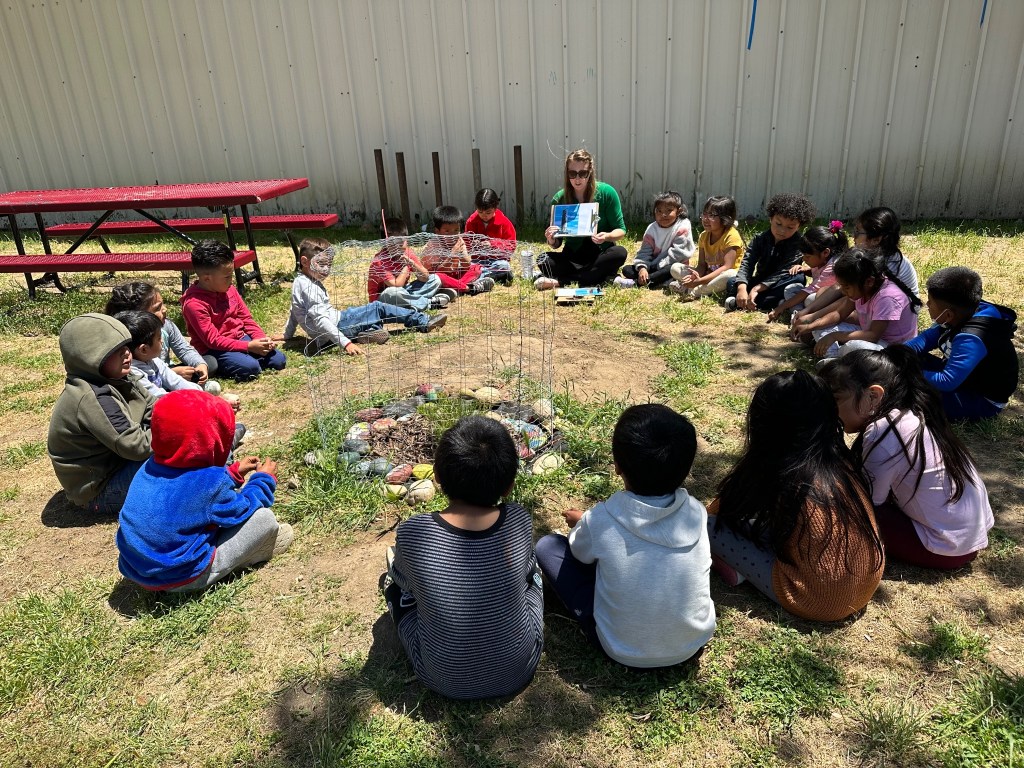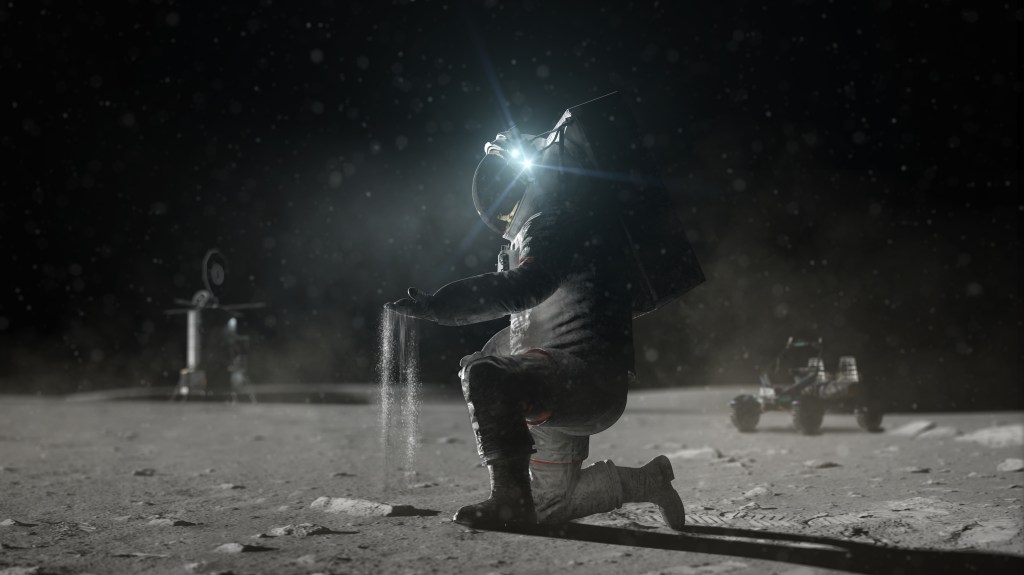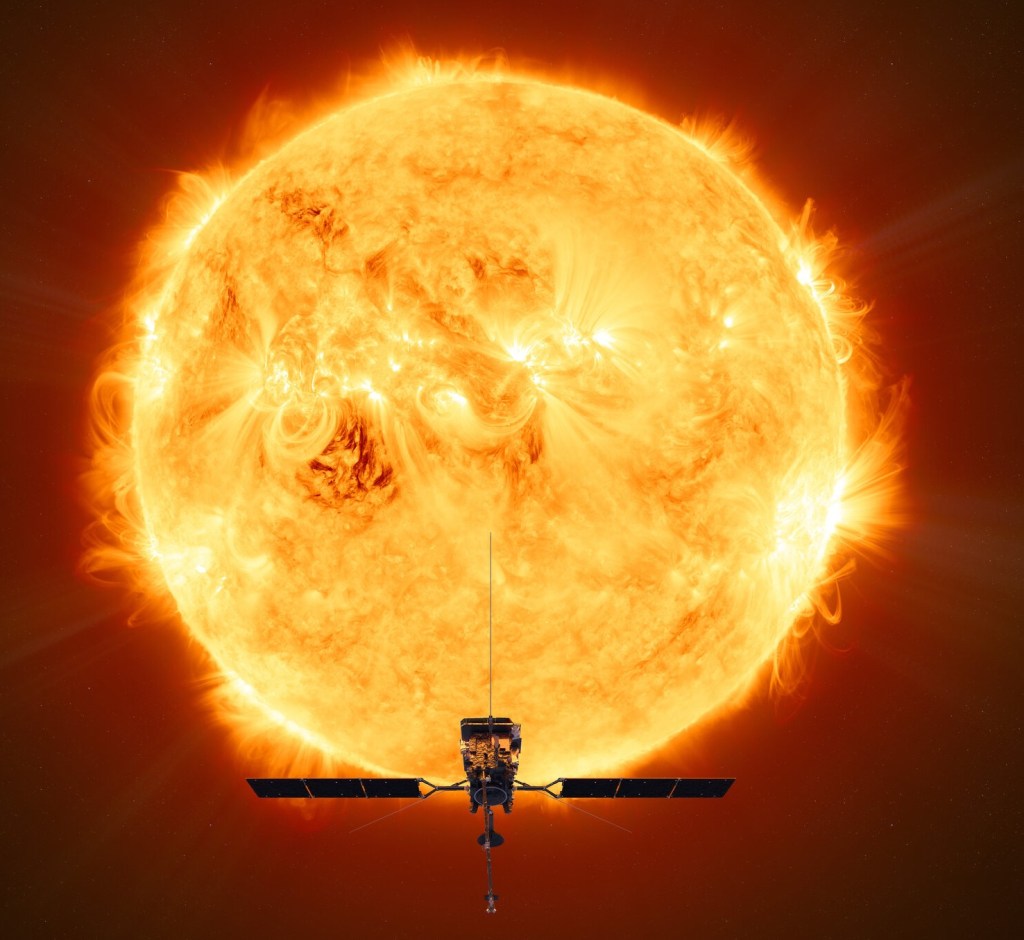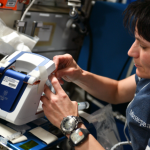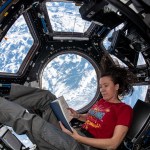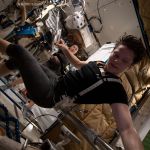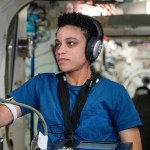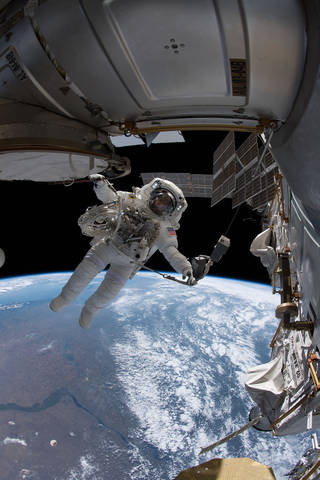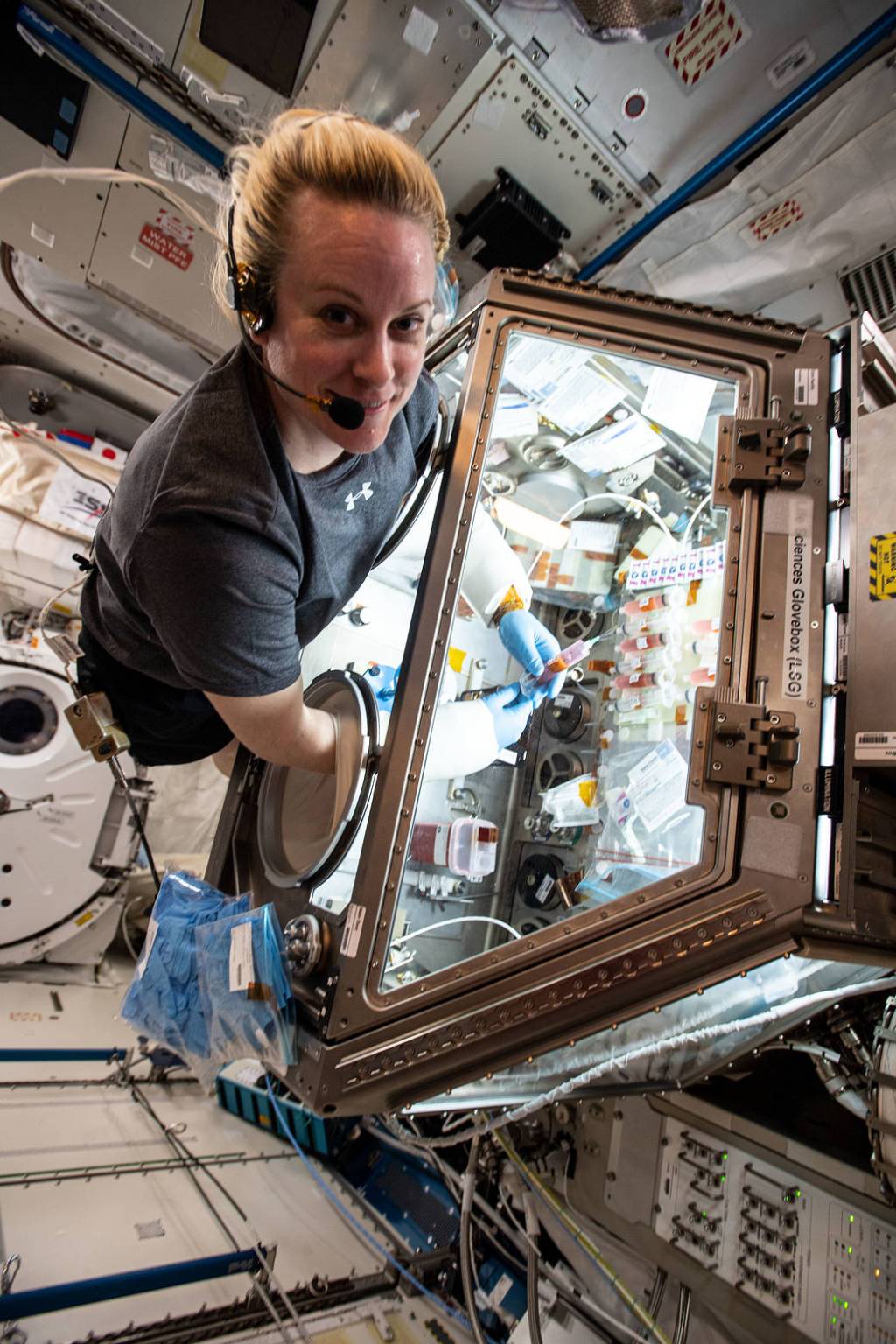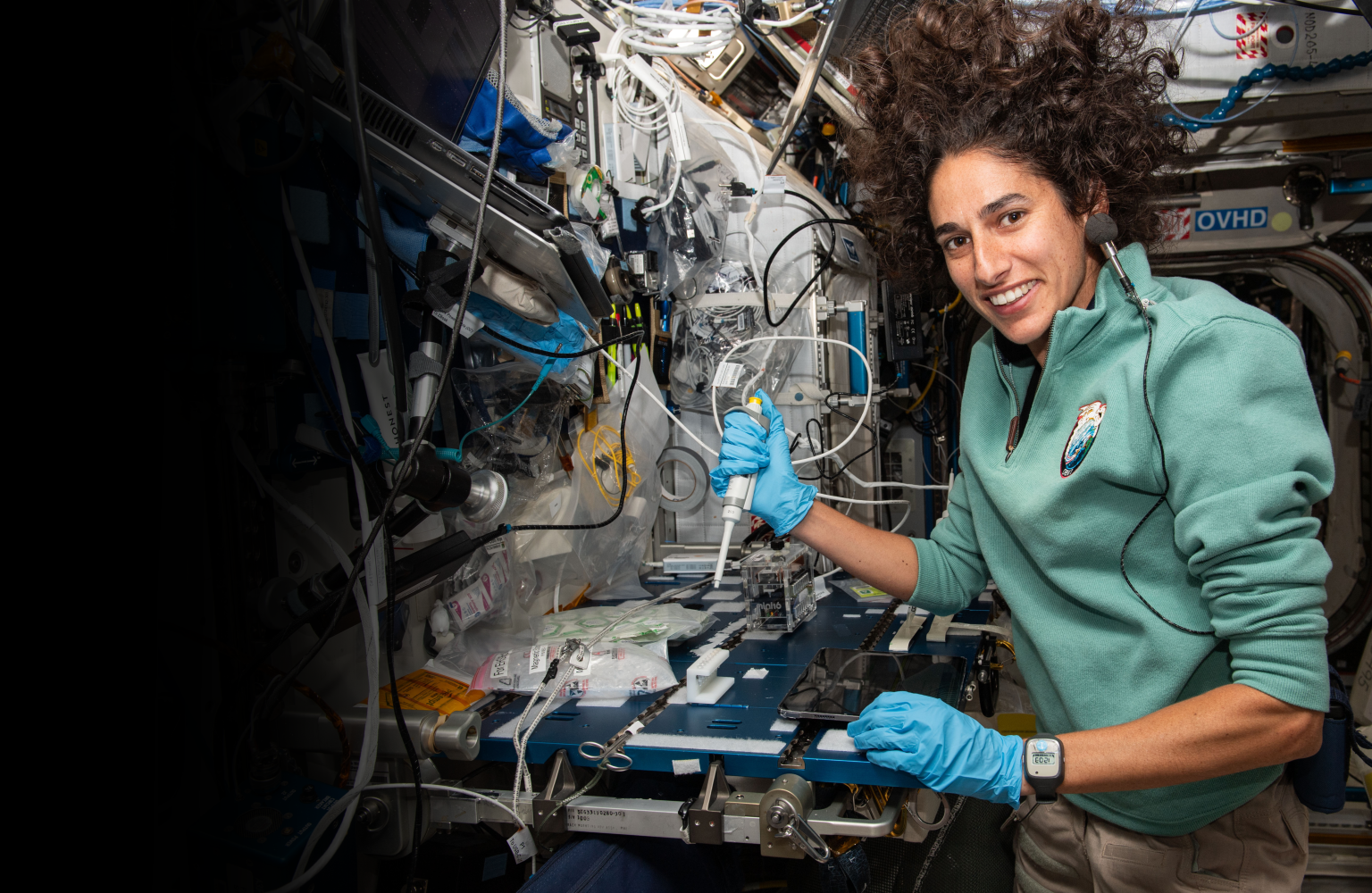
Human Research Program
HRP uses research to develop methods to protect the health and performance of astronauts in space. With the goal of traveling to Mars and beyond, HRP is using ground research facilities, the International Space Station, and analog environments to enable cutting-edge science.
HRP IWS 2025
The Human Research Program Investigators’ Workshop (IWS) is the primary venue for reporting progress and results of research on safe, productive, and efficient human spaceflight. Join us from January 28-31, 2025.
Learn More About HRP IWS
Collaborate With HRP
HRP offers funding, collaboration, and partnership opportunities to those interested in the future of human spaceflight.
Learn More About How to Get Involved With HRP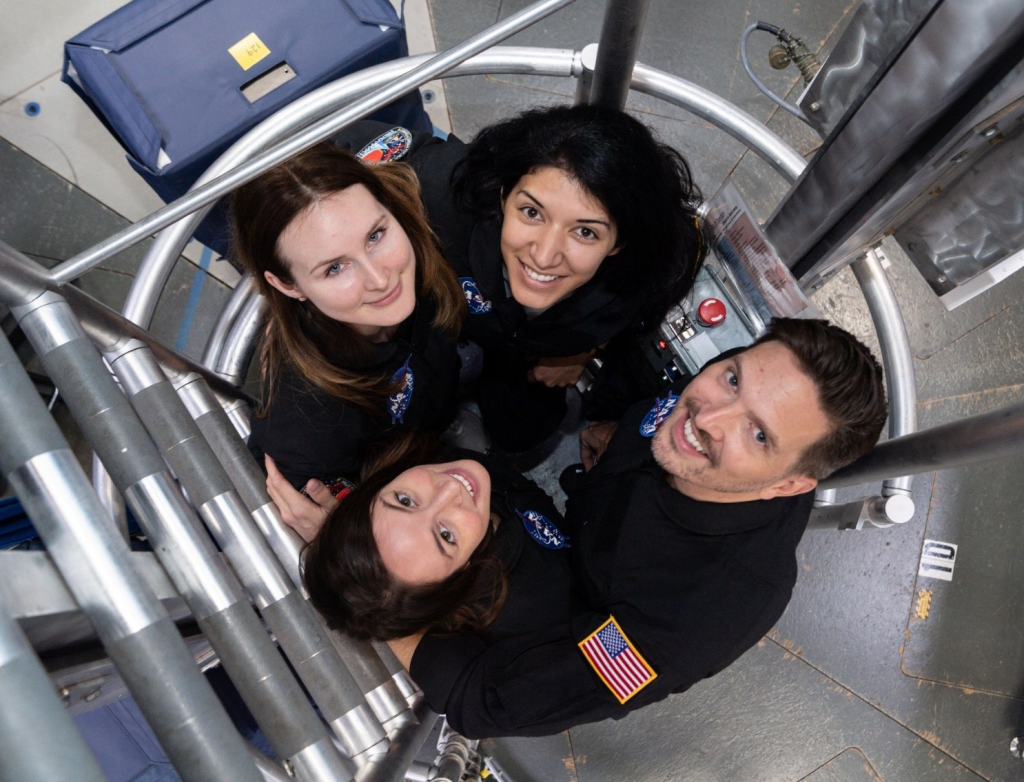
Human Research Program Elements
The Human Body in Space
For more than 50 years, NASA’s Human Research Program (HRP) has studied what happens to the human body in space. Researchers…
Read the Story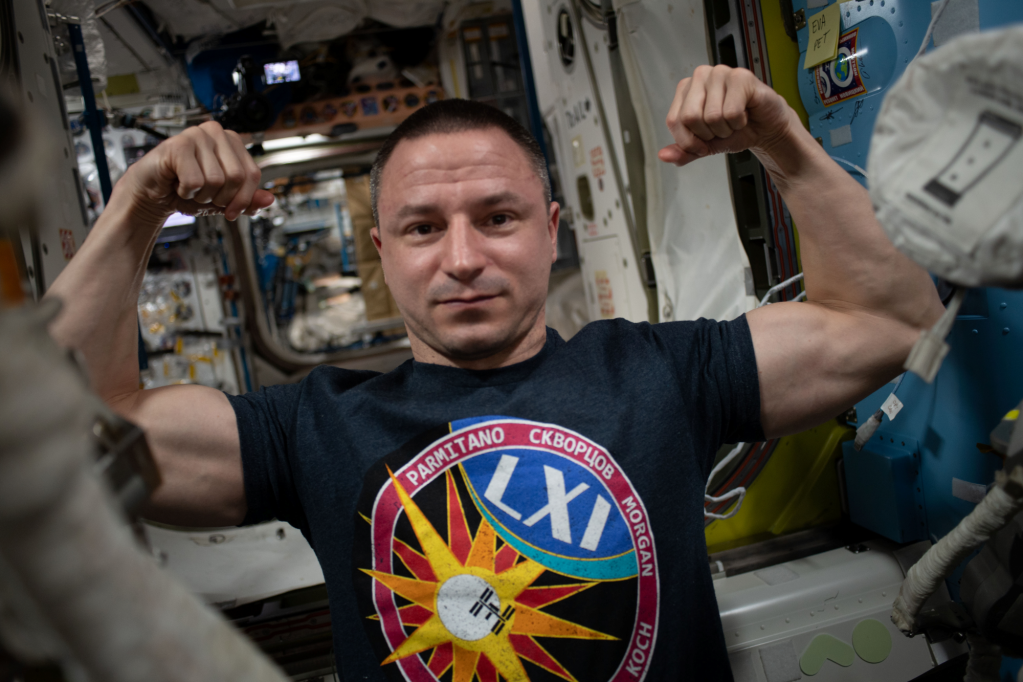
Living in Space
Learn more about what it takes to prepare humans for the next generation of exploration to the Moon, Mars, and beyond.
Learn More About Living in Space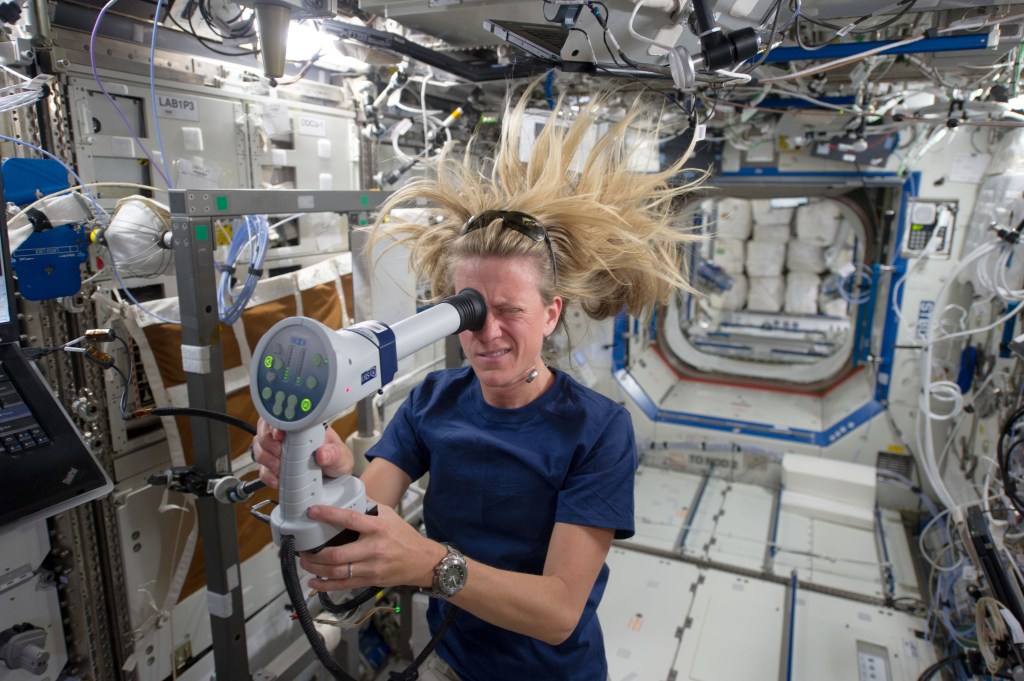
5 Hazards of Human Spaceflight
Astronauts encounter five hazards as they journey through space. Recognizing these hazards allows NASA to seek ways that overcome the challenges of sending humans to the space station, the Moon, Mars, and beyond.
Discover the 5 Hazards of Human Spaceflight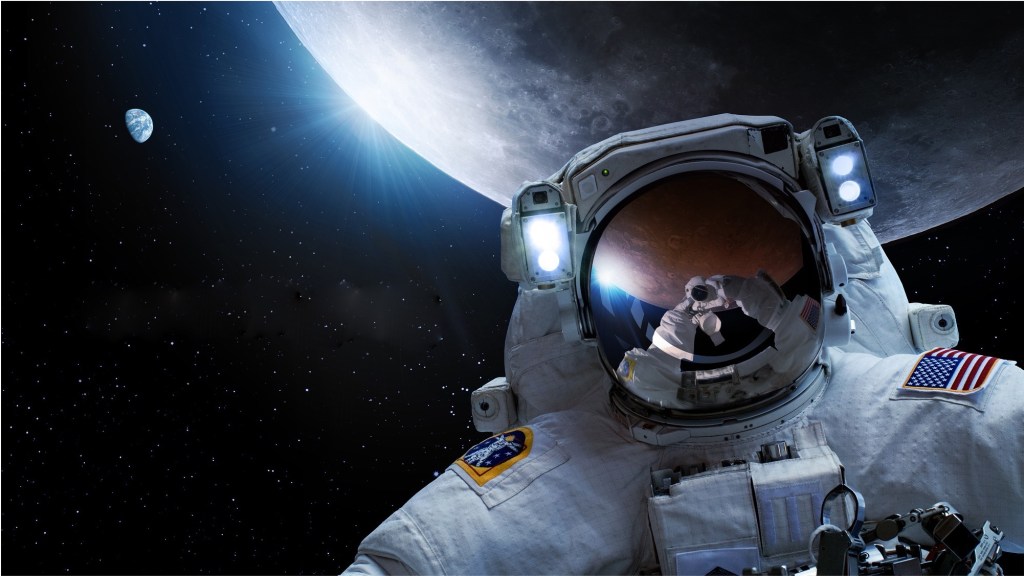
HRP Videos
Browse videos explaining the science of NASA’s Human Research Program (HRP).
Browse HRP Videos about HRP Videos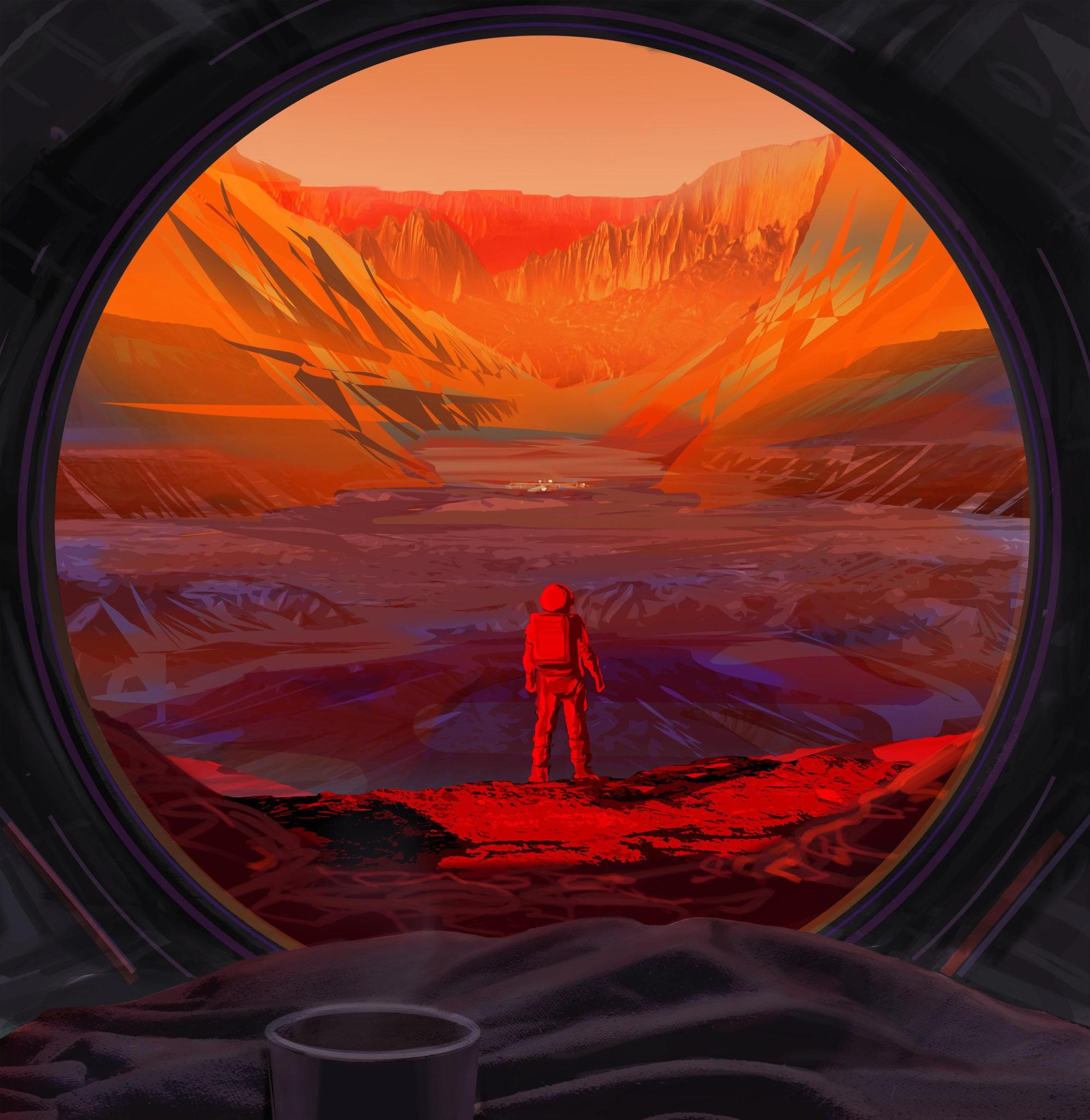
TRISH
Through a collaboration with NASA, the Translational Research Institute for Space Health (TRISH) funds scientific studies and technologies to help keep astronauts safe and healthy on deep space missions to the Moon, Mars, and beyond.
Learn More About TRISH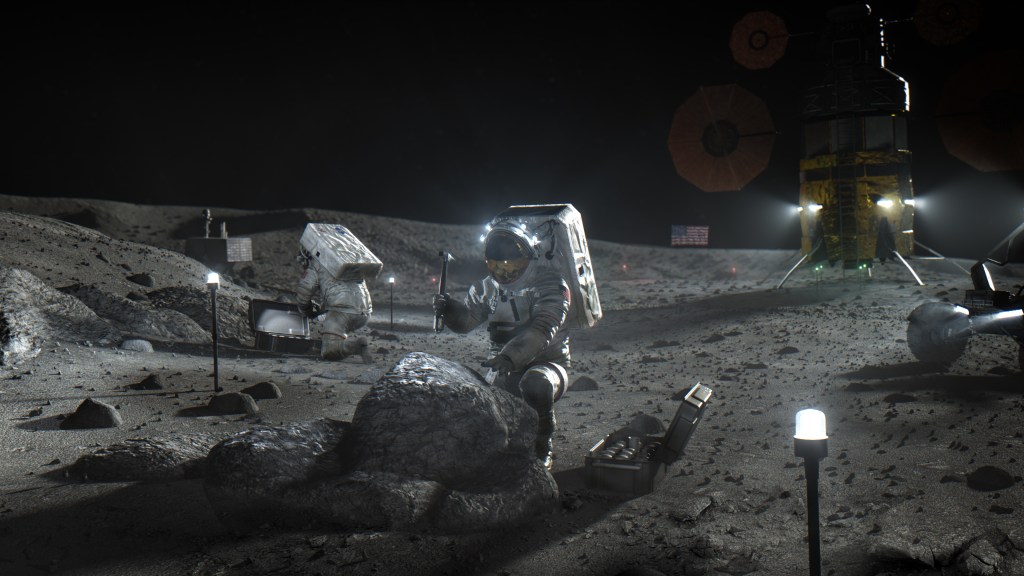
HRP Leadership
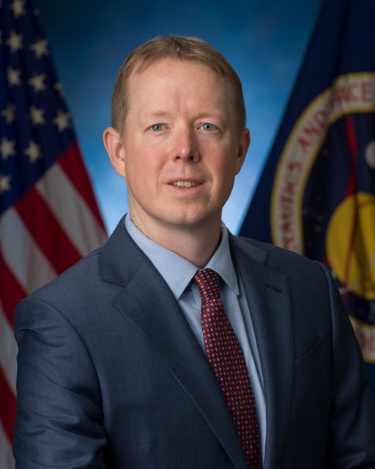
David K. Baumann, Director
Baumann oversees HRP, a program responsible for ensuring the health and performance of crew members aboard spaceflight exploration missions. He previously served as the chief health and performance officer for the Human Landing System Program.
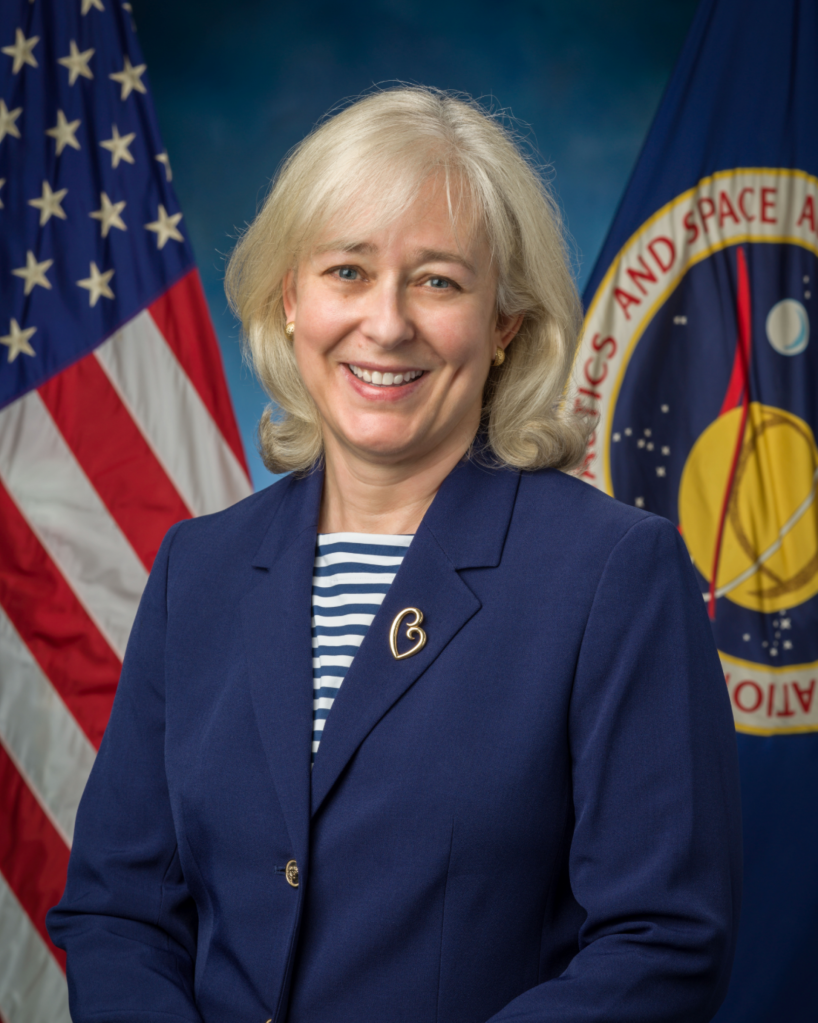
Karen D. Pickering, Deputy Director
Pickering supports the strategic management of HRP, aligning science goals with NASA objectives. She also facilitates relationships with internal and external partners.
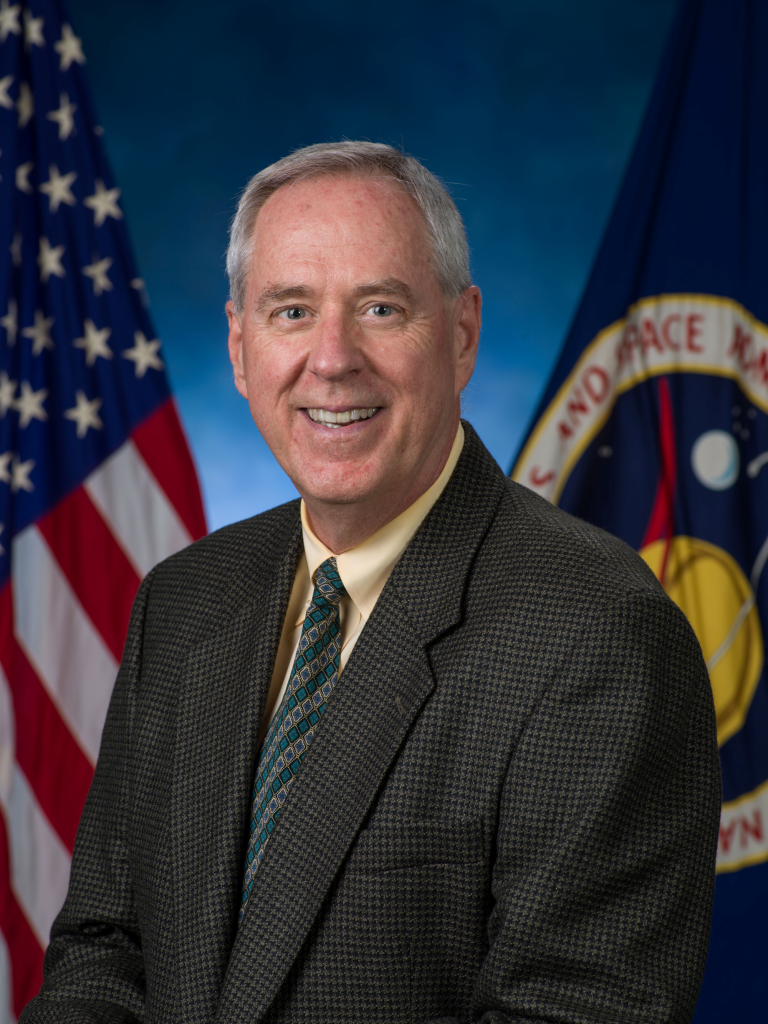
Charles W. Lloyd, Associate Director for Strategic Planning and Oversight
Lloyd helps set the direction of future HRP work. He also represents HRP in broader agency conversations about operations and research investments needed for future human spaceflight.
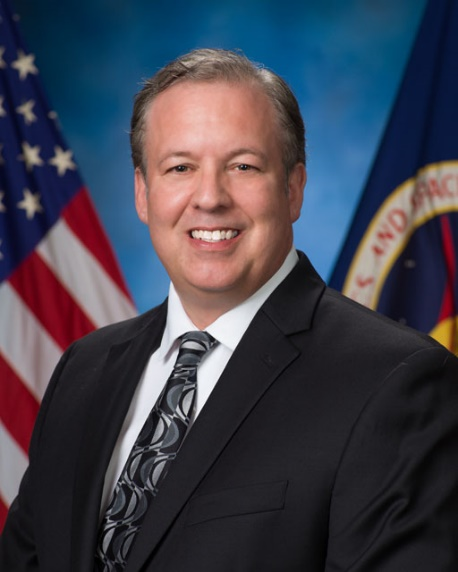
Steven H. Platts, Chief Scientist
Platts guides scientific content for HRP. As the program’s chief scientist, he ensures scientific integrity, ethics, and quality.
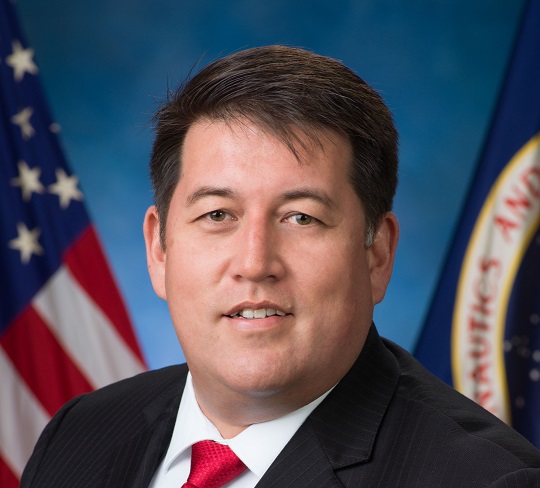
Michael Stenger, Deputy Chief Scientist
Stenger works with HRP leadership, managers, and scientists to set research strategy and support a robust scientific portfolio that mitigates human spaceflight hazards.

Kristin Fabre, Associate Chief Scientist
Fabre is leading the formulation of the HRP’s data strategy. She also serves as a liaison to other government agencies and the private sector, forging partnerships that advance human research in space.
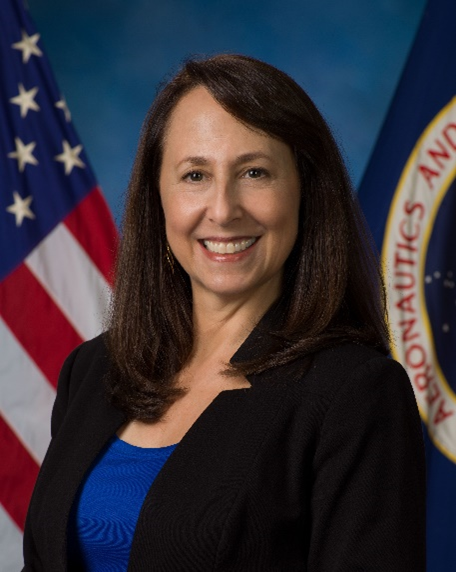
Jancy C. McPhee, Associate Chief Scientist
McPhee helps build science strategies and implement research goals, coordinating with government, international, and commercial partners across various physiological disciplines, space missions, and Earth-based simulations of life in space.
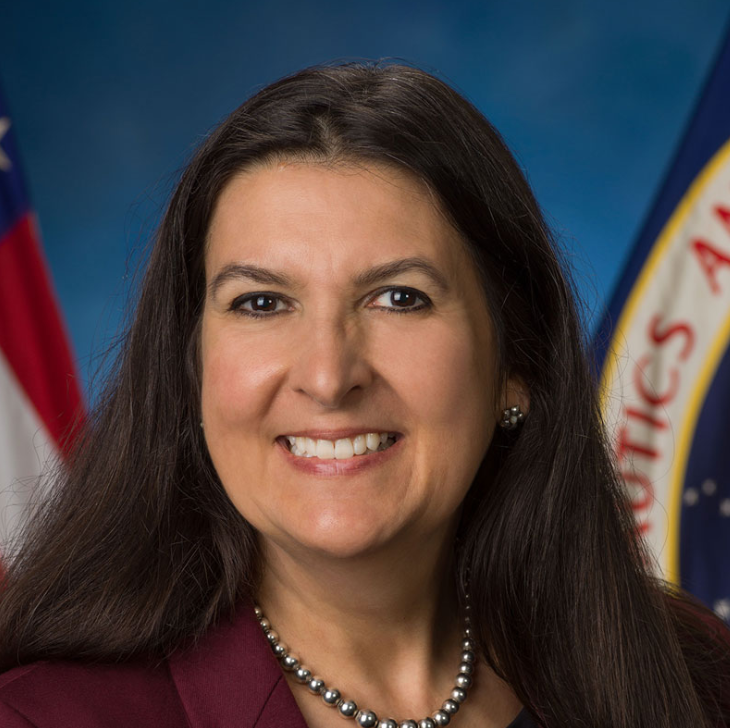
Nancy Fleming, Technical Assistant
Fleming began her career at NASA as an International Space Station avionics and systems instructor for astronauts and flight controllers. Since then, she has served in various roles at NASA’s Johnson Space Center in Houston.
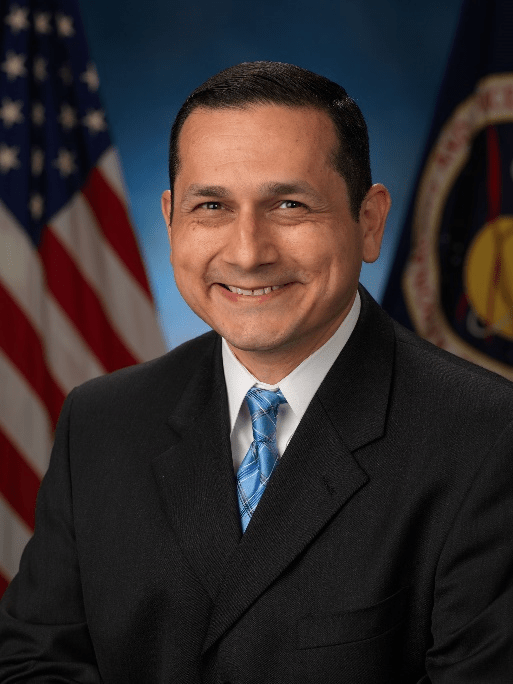
Baraquiel Reyna, Manager of the Science Integration Office
Reyna incorporates research into NASA’s operational programs to ensure that research goals set now develop into research actions in the future.
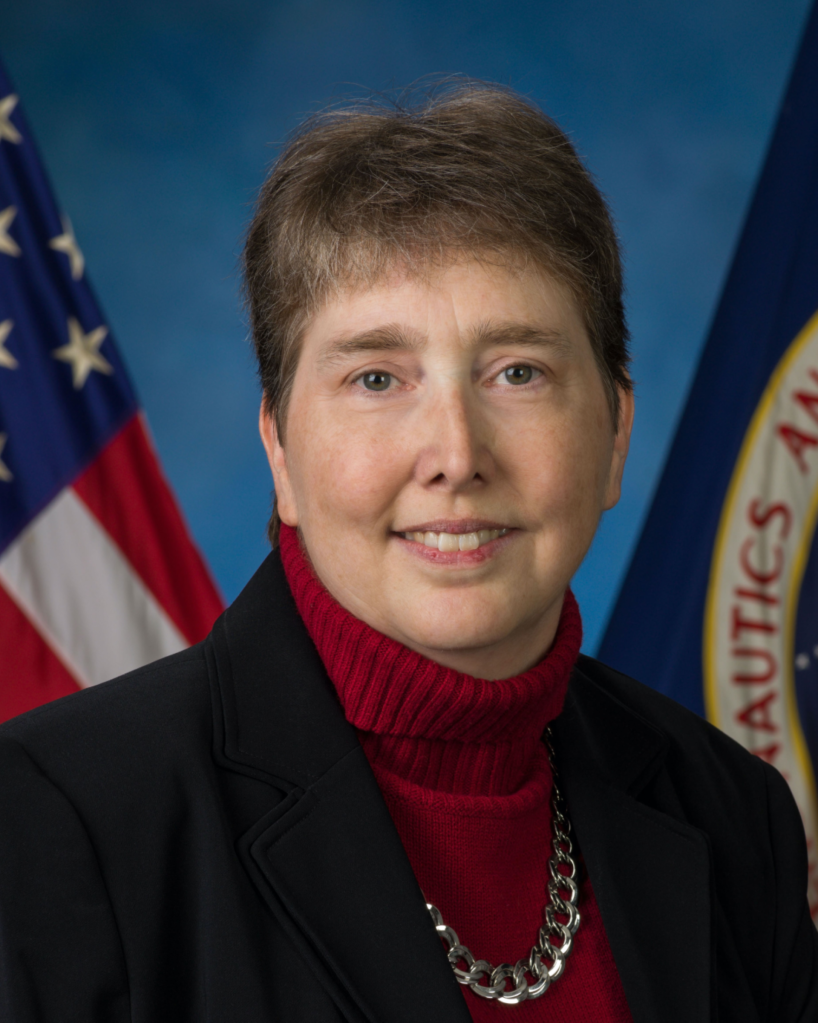
Carol Mullenax, Manager of the Program Planning and Control Office
Mullenax leads the team that enables HRP’s overall execution. She facilitates technical, cost, schedule, and programmatic risk management processes and more.

